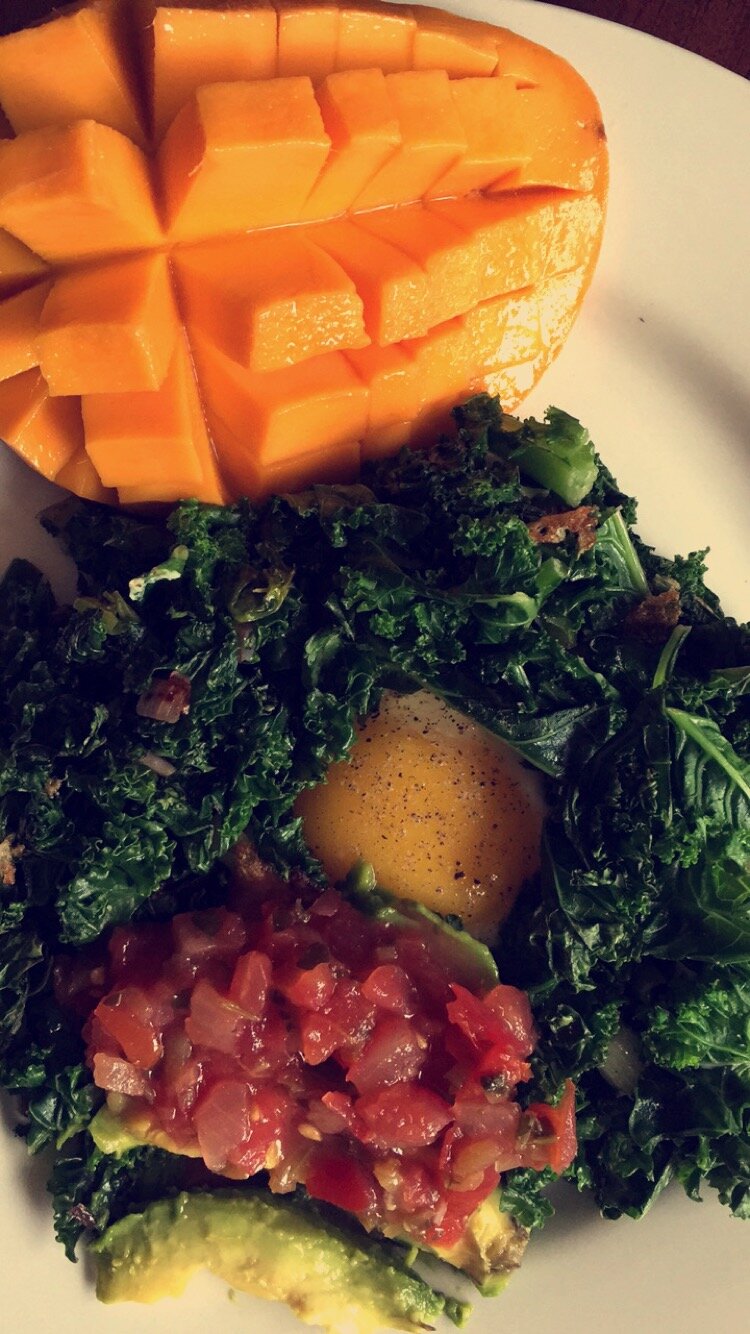Variation is Key to a Balanced Diet
In a previous post, There’s no single right way to eat, but incorporating more whole foods is a good place to start! I discussed the benefits of whole foods and introduced an easy self-assessment tool you could use to get started. It takes some time and experimentation but once you've figured out what specific foods work for you to feel your best, it can become very easy to get stuck eating the same meals and foods day in and day out. Not only does this get boring, but eating the same “healthy” foods (like eggs for breakfast) over and over will eventually work against you and this leads me to another important tip for optimizing your nutrition and that is to keep a varied diet.
Our motto on The Plan is “rotate or react” – basically, if you don’t rotate your foods properly, you can develop a mild sensitivity reaction. Most food sensitivities develop after a specific food has been eaten over and over.
For example, while it may seem like being gluten-free is just the “in” thing right now, incidence of celiac and intolerance has substantially increased as our diet has become more highly refined and processed. Gluten is just so plentiful in our modern food supply (hello pizza, burgers, bagels, and desserts!) that it’s created a perfect environment for the development of gluten sensitivity in those individuals that are genetically susceptible.
Now this is a more common example but you can develop an intolerance or reaction to anything, even healthy foods that seem to work well for you! Remember that you are unique and there’s no such thing as a single food that is healthy for EVERYONE. People always ask me, what’s better-- spinach or kale? Chicken or salmon? Vegan or paleo diet? And I always have to answer “well, that depends…”. As you know, I don’t believe in a one-size-fits-all approach to nutrition and what’s healthy for me is not necessarily going to be healthy for you. I will say that those foods that are healthiest for you are based on your individual nutritional needs which are always in a state of flux.
Just think, if you continue to eat the same exact things over and over, you’re basically overloading your system with specific nutrients while depriving yourself of others present in alternate foods. This is why it’s so important to keep a varied diet and continue to provide your body with the full spectrum of nutrients available in whole foods.
This doesn’t mean you have to do a complete overhaul of your current eating program to find all new foods to eat! Just try adding or substituting things in here and there. An easy way I like to add variety is just swapping out ingredients in some of my favorite old recipes when I’m at the farmers market or grocery store and see something interesting and in-season that I want to try. How to Modify a Recipe to use Local Foods in Season
There are so many ways to add more variation:
Substitute spinach in recipes for other types of greens like arugula, parsley, or kale.
Alternate your protein sources or try going meat-free 1-2 days per week
Try swapping your brown rice for other whole grains like wild rice or quinoa.
Try a new variation of an old favorite like colorful carrots or purple sweet potatoes instead of the standard orange versions, or try a different type of winter squash.
Maybe you just need to vary your meals and change things up so you’re not eating the exact same breakfast every day. For example, have eggs on Tuesdays and Fridays, and a smoothie or oatmeal, yogurt or chia pudding on the alternate days.
Tr new things on a regular basis and if they work for you, add them to your weekly rotation.
Playing around with new recipes and food combinations is my favorite thing to do, especially when hosting one of my Real Food Challenges. These are just a few of the different breakfasts I tried over the course of our 6 week Real Food, Real Fit program this time around:
It doesn’t have to be complicated, but if you can vary your routine a little bit each day or week, your body will thank you. Plus, you’ll be able to enjoy the foods you love forever!
For more about my personal dietary pattern and one of my weekly rotations that I practice (plus a yummy recipe!), checkout my post: My 80/20 Practice and Weekly Meat-free Rotation Ritual.













